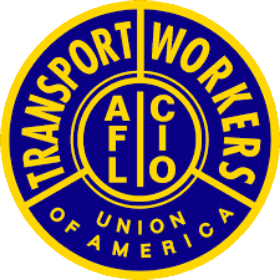The Transport Workers Union of America secured the largest wage increase for Amtrak workers in the agency’s 53-year history after on-board service workers overwhelmingly voted to ratify a new seven-year contract on Tuesday.
“Amtrak on-board workers are a critical part of our nation’s transportation system and this contract includes essential quality-of-life wins,” said TWU International President John Samuelsen. “These workers endured significant challenges during the pandemic and the record wage increases in this deal acknowledge their hard work and sacrifice.”
In addition to wage increases, the deal includes an industry-leading paid parental leave program, a benefit that far exceeds other rail carriers in the country. Workers who have been active for at least one year are eligible for 10 weeks of paid parental leave to bond with a newborn or adopted child starting in 2025.
“Paid parental leave is a game-changer and we are proud to deliver benefits that raise the bar for all workers. These members are the first responders in all emergencies,” said TWU Rail Division Director John Feltz. “I want to thank the bargaining committee for their hard work on a contract that puts more than $80,000 in our members’ pockets over the next seven years.”
The wage increases, bonus payments, back pay and other forms of compensation will mean workers at the end of the contract will have taken in an additional $80,000 compared to what they were making before the new contract was ratified.
“I think this was a great win for us and our members at Amtrak on-board service,” said Amy Griffin, an on-board service workers since 1988 and President of TWU Local 1460. “It’s been a long, hard-fought battle but I know we came out on top. The paid parental leave is phenomenal and we got a few work rules changed that haven’t been touched in 30-plus years.”
The contract also includes no increases to monthly healthcare costs, and some workers will see a decrease in monthly premiums. The deal includes three consecutive workdays of bereavement leave, which can be used in conjunction with actual funeral services regardless of the services’ proximity to the date of death.

